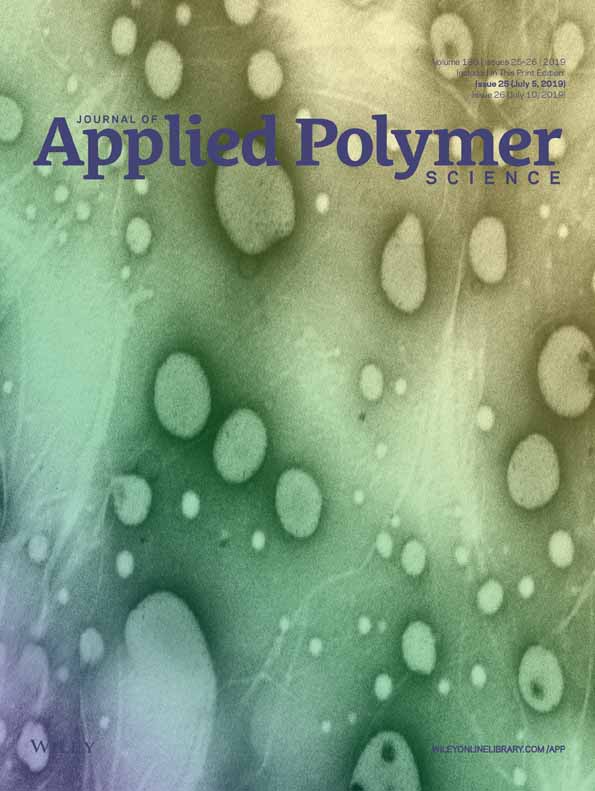Multiscale simulation of the interlaminar failure of graphene nanoplatelets reinforced fibers laminate composite materials
ABSTRACT
This article presents a multiscale approach to derive the interlaminar properties of graphene nanoplatelets (GNPs)-based polymeric composites reinforced by short glass fibers (SGFs) and unidirectional carbon fibers (UCFs). The approach accounts for the debonding at the interface of a 2-phases GNPs/polymer matrix using a cohesive model. The resulting composite is used within a 3-phases nanocomposite consisting either of a GNPs/polyamide/SGFs or a GNPs/epoxy/UCFs nanocomposite. Experiments are performed for determining the interlaminar fracture toughness in mode I for the GNPs/epoxy/UCFs. Results show that the aspect ratio (AR) of GNPs influences the effective Young modulus which increases until a threshold. Also, the addition of the GNPs increases up to 10% the transverse Young modulus and up to 11% the shear modulus as well as up to 16% the transverse tensile strength useful in crashworthiness performance. However, the nanocomposite behavior remains fiber dominant in the longitudinal direction. This leads to a weak variation of the mechanical properties in that direction. Due to the well-known uniform dispersion issues of GNPs, the interlaminar fracture toughness GIC has decreased up to 8.5% for simulation and up to 2.4% for experiments while no significant variation of the interlaminar stress distribution is obtained compared to a nanocomposite without GNPs. © 2019 Wiley Periodicals, Inc. J. Appl. Polym. Sci. 2019, 136, 47664.




